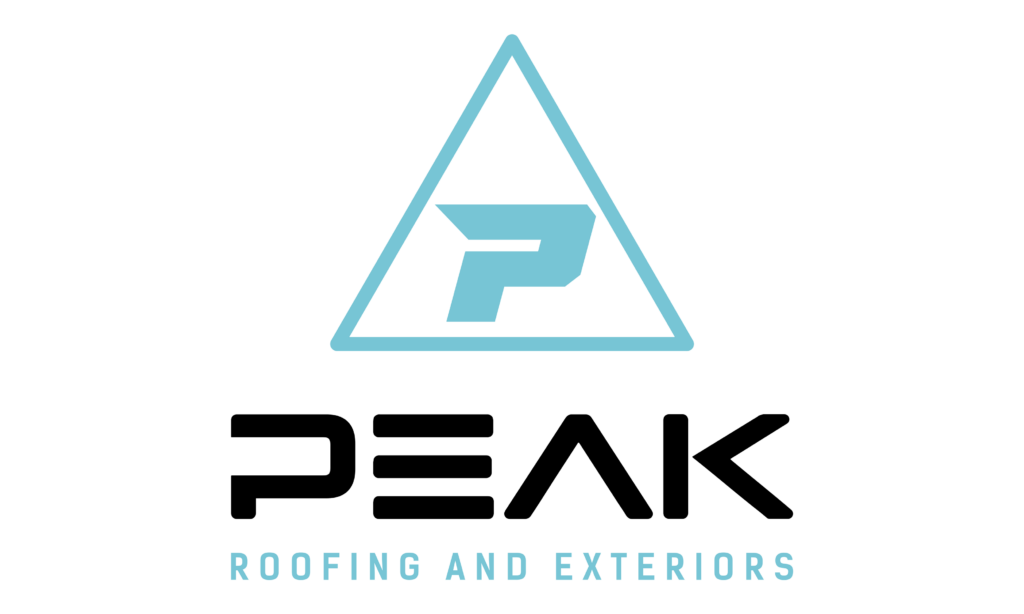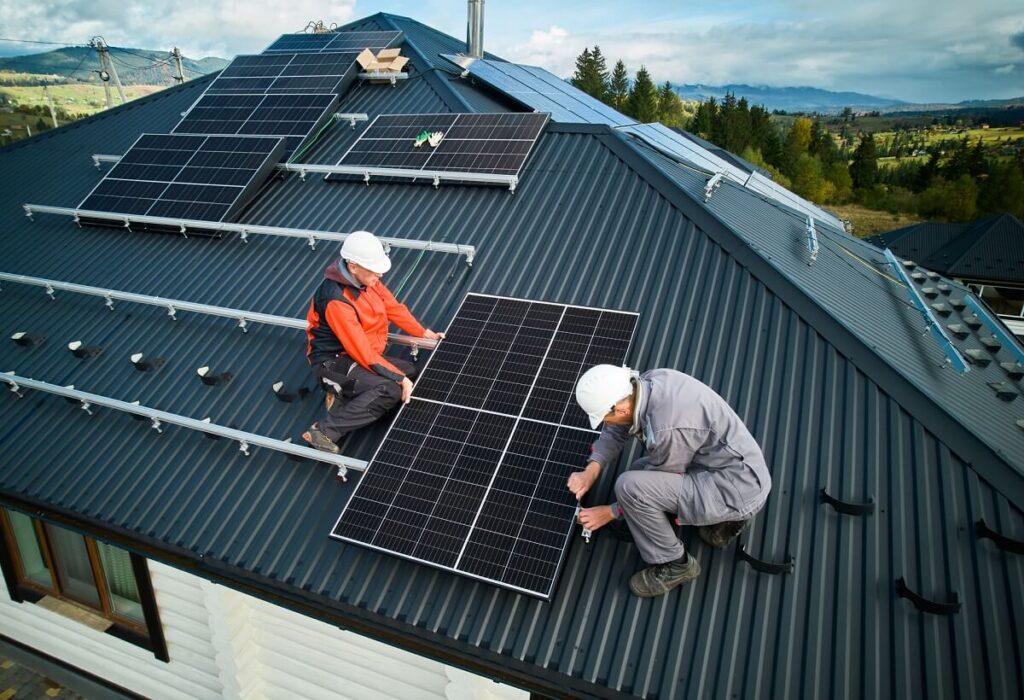When it comes to choosing the right roof for your home, energy efficiency is a critical consideration. An energy-efficient roof can help lower your energy bills, reduce your carbon footprint, and make your home more comfortable. Various roof styles exist, each with its own energy efficiency pros and cons. Let’s get to know the factors that make a roof style energy-efficient, and then we’ll discuss some of the most energy-efficient roof styles a roofing contractor installs.
Factors Affecting Roof Energy Efficiency
Before delving into specific roof styles, it’s essential to understand the factors that influence a roof’s energy efficiency. Several key factors contribute to how well a roofing contractor can manage energy consumption and environmental impact:
- Insulation – Adequate insulation beneath the roof structure is crucial for maintaining a comfortable indoor temperature. Proper insulation helps keep heat from escaping in the winter and prevents excessive heat gain in the summer.
- Roof Color and Reflectivity – The color and reflectivity of your roofing material impact its ability to absorb or reflect sunlight. Light-colored and reflective roofing materials, known as “cool roofs,” can help reduce heat absorption and lower cooling costs.
- Ventilation – Roof ventilation is essential for regulating attic temperatures. Proper ventilation allows hot air to escape, preventing it from overheating your home in the summer.
- Roof Material – The type of roofing material you choose greatly influences energy efficiency. Some materials are better at insulating and reducing heat transfer than others.
- Roof Slope and Orientation – The slope and orientation of your roof affect how much sunlight it receives. A south-facing roof with the right slope can be ideal for solar panel installation.
- Roof Style – The architectural design and shape of your roof can influence energy efficiency. Some roof styles are better suited to managing temperature and airflow.
Energy-Efficient Roof Styles
Now, let’s explore some of the most energy-efficient roof styles, taking into consideration the factors mentioned above:
- Flat Roof – Flat roofs are often considered energy-efficient due to their simplicity. They are easy to insulate, making it more manageable to control indoor temperatures. Flat roofs also provide an excellent platform for solar panel installations, which can generate renewable energy and reduce your reliance on grid power. However, proper insulation and ventilation are crucial for flat roofs to maintain their energy efficiency.
- Gable Roof – Gable roofs are one of the most common and energy-efficient roof styles. The steep slope allows for effective rainwater drainage and the potential for adequate ventilation. The attic space beneath a gable roof can be well-insulated, helping to maintain comfortable indoor temperatures. Additionally, gable roofs can be designed with ample space for roof vents, further enhancing their ventilation and cooling properties.
- Hip Roof – Hip roofs are similar to gable roofs but have sloping sides on all four sides instead of just two. This design provides extra stability and durability in high winds and severe weather. Hip roofs can be energy-efficient when properly insulated and ventilated. Their pyramid-like shape offers ample space for attic insulation, reducing heat transfer and maintaining interior comfort.
- Mansard Roof – Mansard roofs, characterized by their double-pitched design, offer excellent energy efficiency due to their insulation-friendly structure. The steep upper slope can be adequately insulated, while the lower slope’s windows allow for solar gain in the winter and natural cooling in the summer. Mansard roofs provide an aesthetically pleasing, energy-efficient option.
- Green or Living Roof – Although they are still relatively rare, green or living roofs are an innovative and highly energy-efficient roofing option. They involve growing vegetation on the roof surface, which provides natural insulation, reduces heat gain, and absorbs rainwater, reducing runoff. Green roofs can significantly lower cooling costs and contribute to environmental sustainability. The downside of green roofing is that they are typically quite expensive to install, and only available from specialized roofing contractors.
- Butterfly Roof – The butterfly roof is a unique design with two sloping surfaces that meet at the center, resembling the shape of a butterfly’s wings. This roof style can be energy-efficient, especially when combined with solar panels. The central valley created by the two slopes can be ideal for solar panel placement. Additionally, the steep slopes can enhance rainwater collection for sustainable use.
- Solar Roof – A solar roof is a purpose-built energy-efficient roofing system that integrates solar panels directly into the roof structure. These roofs can generate electricity from sunlight, significantly reducing or even eliminating your reliance on grid power. Solar roofs are an environmentally friendly and economically advantageous choice for energy-conscious homeowners.
- Cool Roof – A cool roof is not a specific roof style but a concept that can be applied to various roofing materials and styles. Cool roofs are designed to reflect more sunlight and absorb less heat than standard roofs. They can be made with materials like reflective shingles or cool roof coatings. Cool roofs can reduce cooling costs, lower indoor temperatures, and contribute to energy efficiency. As with a green roof, this type of roofing is very specialized and not available from a majority of roof contractors.
- Gambrel Roof – Gambrel roofs have a steep upper slope and a shallower lower slope on each side, resembling the design of a barn roof. This roof style offers space for insulation in the upper slope and is ideal for creating attic living spaces. Properly insulated gambrel roofs can be energy-efficient, especially when considering the use of the upper slope for additional living areas.
- Dome Roof – Dome roofs, like the ones seen in some churches and architectural landmarks, offer an energy-efficient design due to their curvature. The curved surface minimizes heat absorption and maximizes rainwater runoff. Dome roofs can also be used for solar panel installation and provide ample attic space for insulation.
The most energy-efficient roof style for your home depends on various factors, including your climate, budget, and aesthetic preferences. Each of the roof styles mentioned has its own set of advantages and potential for energy efficiency. When choosing a roof style, it’s crucial to work with a professional roofing contractor who can help you make informed decisions based on your specific needs and local conditions. Regardless of the roof style you choose, proper insulation, ventilation, and installation are key elements in achieving optimal energy efficiency and reducing your home’s environmental impact.
Peak Roofing & Exteriors
If you’re looking for an honest and experienced roofing contractor that can handle your home or business roofing needs in Northwest Arkansas, Northeast Louisiana, or West Texas, look no further. Peak Roofing & Exteriors will deliver with quality and integrity. Contact us today and book your FREE inspection!

